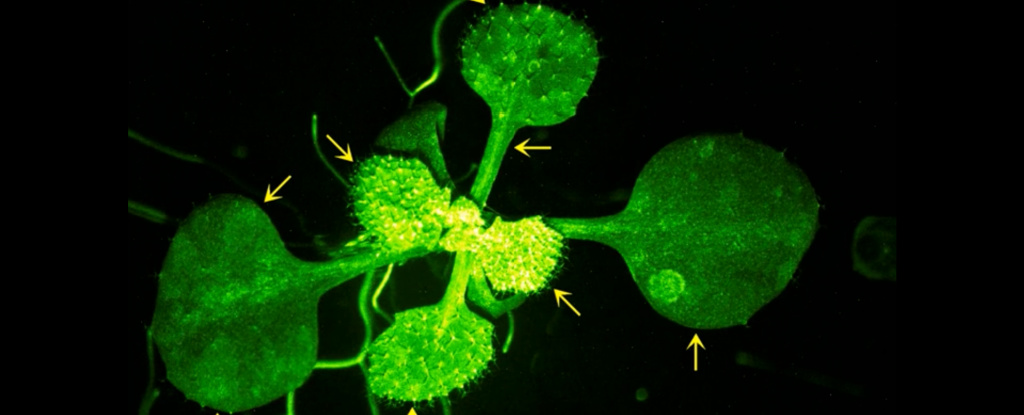Imagine a world where trees gossip about bugs, and bushes warn their neighbors of looming storms. While it might sound like a scene from a fairy tale, this could be closer to reality than we think. A recent breakthrough by Japanese scientists has revealed that plants do, in fact, communicate with each other, sending chemical signals in a silent conversation for survival.
The Fascinating World of Plant Communication
Scientists at Saitama University in Japan discovered that plants communicate when sensing danger. They conducted experiments with caterpillars on tomato plants and Arabidopsis thaliana, revealing changes in plant behavior. The findings were recorded and published in Nature Communications.
Genetically modified Arabidopsis plants with green-fluorescent biosensors revealed calcium signaling in response to messages from damaged neighbors. The substances Z-3-HAL and E-2-HAL, identified through airborne molecule analysis, triggered calcium signals in Arabidopsis.
Yuri Aratani and Takuya Uemura, molecular biologists at Saitama University in Japan, conducted a study. They, along with their colleagues, used a pump to transfer compounds from injured plants to healthy ones. They employed a fluorescence microscope to observe the results.
The experimental setup wasn’t natural. The compounds were concentrated in a plastic bottle and consistently pumped onto the recipient plant. This method enabled the researchers to analyze the specific compounds present in the potent mixture.
“We have finally unveiled the intricate story of when, where, and how plants respond to airborne ‘warning messages’ from their threatened neighbors,” says Masatsugu Toyota, a molecular biologist at Saitama University in Japan and senior author of the study. “This ethereal communication network, hidden from our view, plays a pivotal role in safeguarding neighboring plants from imminent threats in a timely manner.”






